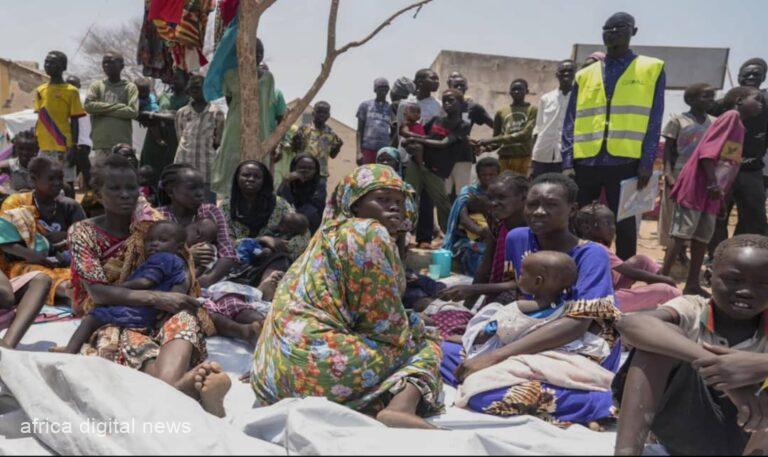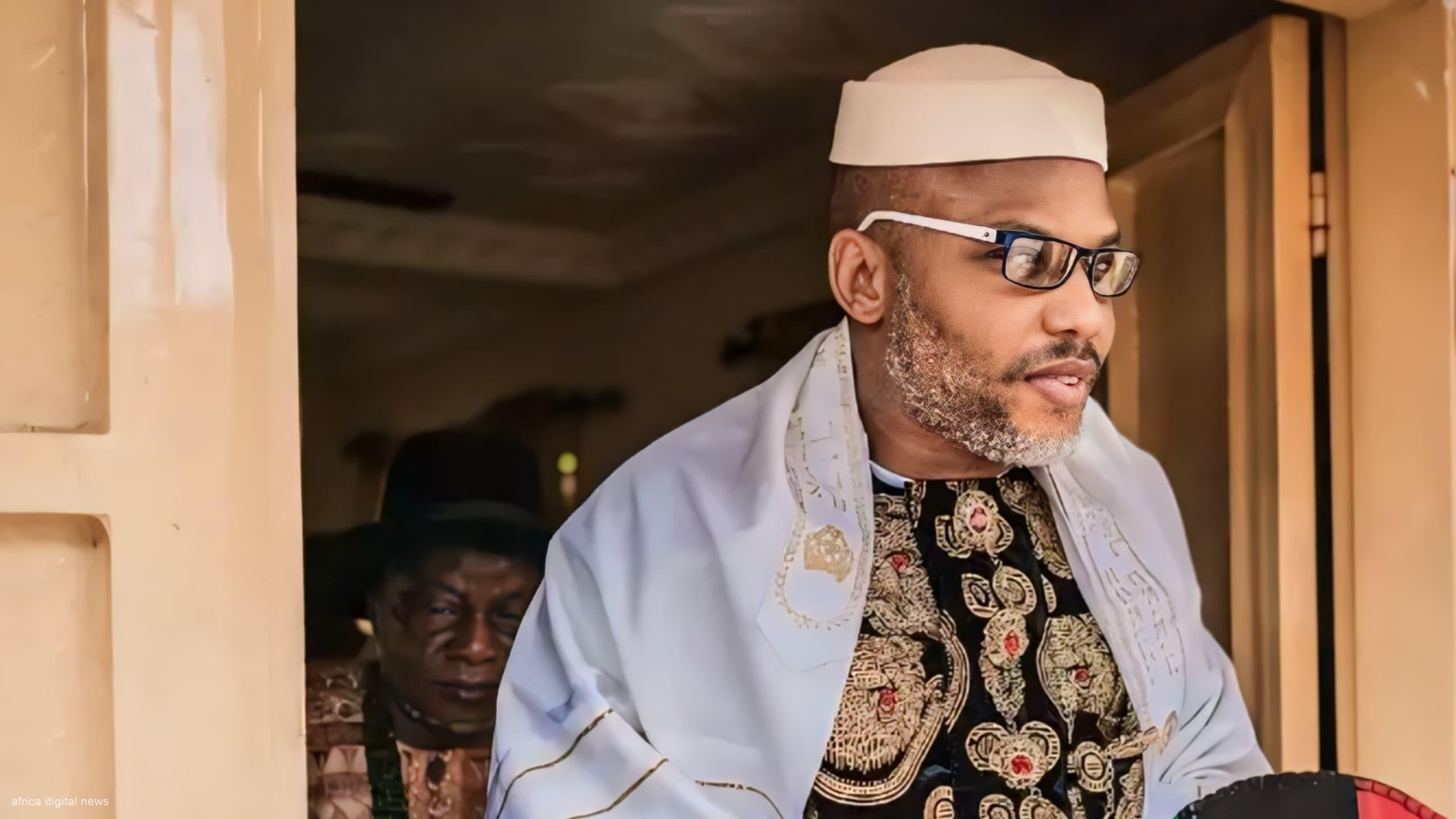In the vast expanse of Sudan, where the Blue and White Nile rivers converge and flow as one, a tragic conflict has erupted, tearing through the heart of the country and profoundly altering the lives of its people. Wad Medani, the bustling capital of Aj Jazirah State, known for its vibrant markets and rich agricultural heritage, now stands as a stark emblem of a nation in turmoil. The escalation of violence, particularly in this region, has led to a humanitarian crisis of catastrophic proportions, painting a somber picture of a land besieged by strife.
Over 250,000 to 300,000 people, as reported by the International Organization for Migration’s Displacement Tracking Matrix, have been uprooted from their homes and lives, caught in the crossfire between the Sudanese Armed Forces (SAF) and the Rapid Support Forces (RSF). Each number in this staggering statistic represents a story of loss and upheaval, a narrative of life disrupted by the chaos of conflict. Families have been torn apart, communities shattered, and dreams deferred in the wake of this escalating violence.
The roots of this conflict are deeply entrenched in the fabric of Sudan’s socio-political landscape. Political and ethnic tensions, simmering beneath the surface for years, have been exacerbated by a backdrop of economic instability and power struggles. These tensions have now erupted into open conflict, transforming the streets of Wad Medani and surrounding areas into battlegrounds. The consequences are far-reaching, impacting not just those wielding arms but also the innocent civilians caught in the midst of this turmoil.
The human cost of this conflict is heart-wrenching. Displaced individuals, many of whom are women and children, are now faced with the harsh reality of life as refugees within their own country. The lack of adequate shelter, scarcity of food, and limited access to healthcare have compounded their suffering, posing serious risks to their health and well-being. In the face of such adversity, the resilience and fortitude of the Sudanese people are tested to their limits.
Read Also: UK Must Return Africa’s Heritage For Justice And Healing
The situation is further complicated by the challenges in communication, making it increasingly difficult to assess and respond effectively to the needs of those affected. Aid agencies and humanitarian workers grapple with the daunting task of providing relief in an environment where every day brings new uncertainties and challenges.
This crisis in Sudan, set against the backdrop of a land known for its ancient civilizations and enduring cultural legacy, is a stark reminder of the fragility of peace. It underscores the urgent need for a resolution that addresses the deep-seated issues fueling this conflict. As the international community looks on, the plight of the Sudanese people calls for immediate action and a committed response to help steer this historic nation back towards the path of peace and stability.
The Humanitarian Response
In the shadow of the escalating conflict in Sudan, particularly around Wad Medani in Aj Jazirah State, a significant humanitarian response has been mobilized, reflecting the resilience and compassion of the global community. This effort, amidst immense challenges, stands as a testament to the unwavering commitment to provide aid to those in dire need.
At the forefront of this response are local communities and international organizations, working in tandem to address the immediate needs of the displaced populations. Key areas like Gedaref and Sennar have become hubs of this humanitarian operation, witnessing an influx of individuals and families seeking refuge from the conflict. Emergency response teams, comprising dedicated humanitarian workers from various organizations, have been deployed to these areas. Their mission is multifaceted, focusing on providing essential services such as food, shelter, healthcare, and sanitation – each a critical element in sustaining life and offering a semblance of stability in these turbulent times.
Despite these concerted efforts, the scale of the crisis presents significant challenges. The capacity of local communities, though robust and resilient, is being stretched to its limits, and international organizations are grappling with the complexities of delivering aid in an unstable and unpredictable environment. The fluid nature of the conflict, characterized by shifting frontlines and intermittent violence, adds a layer of complexity to these efforts, posing risks to both the aid workers and the recipients of their assistance.
Compounding these challenges is the broader context of global crises, including the ongoing pandemic, which has strained the available resources and diverted international attention. This situation underscores the need for a strategic and coordinated approach to humanitarian aid in Sudan, ensuring that assistance is not only delivered but also reaches those most in need. The competition for limited resources in the global arena necessitates a continued and focused international response, highlighting the importance of sustained support and funding to prevent the deepening of the crisis.
In the face of these daunting challenges, the collaboration between humanitarian organizations, local authorities, and communities has been a crucial factor in the effectiveness of the response. This partnership ensures that the aid provided is culturally sensitive, aligned with the needs of the displaced, and maximizes the impact of each effort. Coordination among various stakeholders is key to streamlining efforts, avoiding duplication, and harnessing the collective strength and resources available.
As Sudan navigates through this difficult period, the humanitarian response remains a lifeline for the thousands displaced by the conflict. The joint efforts of local and international actors are not only providing immediate relief but also symbolize a shared commitment to uphold human dignity and rights in times of crisis. The challenges are immense, but the collective resolve to support those affected by the conflict in Sudan remains steadfast, driven by a universal desire to alleviate suffering and foster hope amidst despair.
Towards Peace and Stability
The path to resolving the conflict in Sudan is multifaceted and requires a concerted effort from all stakeholders. The first and most crucial step is the establishment of a dialogue between the conflicting parties. Supported by regional and international actors, this dialogue is the foundation upon which peace and stability can be built. However, a sustainable resolution to the conflict cannot solely focus on immediate ceasefires or agreements. It must delve deeper into the underlying causes – addressing issues of political disenfranchisement, ethnic tensions, and the economic disparities that have long plagued Sudan.
The journey towards peace and stability in Sudan is arduous but not insurmountable. It calls for a holistic approach, combining immediate humanitarian responses with long-term strategies to heal and rebuild a nation scarred by conflict. As the world watches and contributes to Sudan’s path to peace, there is hope that the resilience and spirit of its people, coupled with sustained international support, will pave the way for a future where stability and prosperity can flourish once again.
In each of these pages, the narrative of Sudan’s crisis is unfolded – a tale of conflict, human resilience, and the quest for peace. As we bring these stories to light, it is with the hope that awareness will spur action, and that action will lead to change, for the people of Sudan and for the world.










